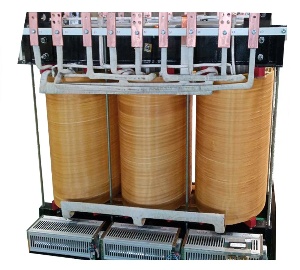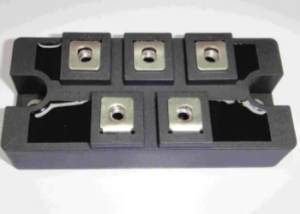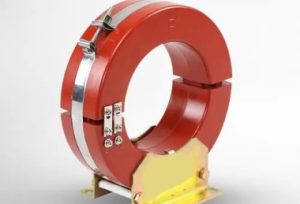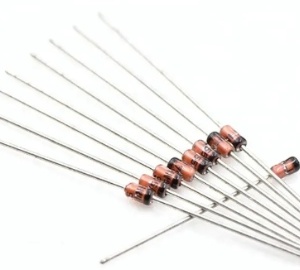Electronic Components Supplier | Transformers, Inductors, Inverters
Step Up Transformer: Powering High-Voltage Applications Efficiently
Introduction
In our modern electrical infrastructure, different applications require different voltage levels. While some devices need reduced voltage, others demand higher voltage for optimal performance. This is where a step-up transformer plays a critical role. Essential for industrial systems, power transmission, and specialized equipment, step-up transformers efficiently increase voltage levels to meet demanding electrical requirements.
In this article, we'll explore what a step-up transformer is, how it works, its key advantages, and common applications. By the end, you'll understand why investing in a high-quality step-up transformer is crucial for high-voltage power solutions.
What Is a Step Up Transformer?
A step-up transformer is an electrical device that increases low-voltage alternating current (AC) to a higher voltage level while maintaining the same frequency. It consists of two coils—primary and secondary—wound around a magnetic core. The primary coil receives the low-voltage input, while the secondary coil delivers the increased output voltage.
The voltage increase depends on the turns ratio (the ratio of the number of turns in the secondary coil to the primary coil). If the secondary coil has more turns than the primary, the output voltage rises proportionally.

How Does a Step Up Transformer Work?
Step-up transformers operate on the principle of electromagnetic induction. Here's a simplified breakdown of the process:
-
Input Voltage Application – Low-voltage AC is supplied to the primary winding.
-
Magnetic Field Generation – The current in the primary coil creates a fluctuating magnetic field in the core.
-
Voltage Induction – The changing magnetic field induces a higher voltage in the secondary coil due to more turns.
-
Output Delivery – The increased voltage is then supplied to high-voltage systems or equipment.
Since transformers only work with AC, they are ideal for power transmission networks where voltage must be stepped up for efficient long-distance distribution.
Key Benefits of Step Up Transformers
1. Efficient Power Transmission
High-voltage transmission reduces energy loss over long distances, making step-up transformers essential for power grids.
2. Supports High-Voltage Equipment
Many industrial machines, medical devices, and scientific instruments require high voltage to function properly.
3. Renewable Energy Integration
Step-up transformers are crucial in solar and wind farms, where generated power must be increased for grid compatibility.
4. Enhanced Electrical Stability
By maintaining proper voltage levels, step-up transformers prevent power fluctuations that could damage sensitive equipment.
5. Cost-Effective Energy Distribution
Reducing current via higher voltage minimizes power loss, lowering operational costs in large-scale electrical networks.
Common Applications of Step Up Transformers
Step-up transformers are used in various industries, including:
1. Power Transmission
-
Increasing voltage for efficient long-distance electricity distribution.
-
Connecting power plants to the national grid.
2. Industrial Machinery
-
Operating high-voltage motors, welding machines, and induction furnaces.
3. Renewable Energy Systems
-
Boosting voltage from solar panels or wind turbines before feeding into the grid.
4. Medical & Scientific Equipment
-
Powering X-ray machines, MRI scanners, and particle accelerators.
5. Electronics & Testing
-
Providing high voltage for laboratory experiments and electronic testing.
Choosing the Right Step Up Transformer
When selecting a step-up transformer, consider:
-
Power Rating (kVA/Watts) – Ensure it matches your load requirements.
-
Input & Output Voltage – Verify compatibility with your power source and equipment.
-
Single-Phase vs. Three-Phase – Choose based on your electrical system.
-
Cooling & Safety Features – Look for oil-cooled/dry-type designs and overload protection.
Conclusion
A step-up transformer is a vital component in modern electrical systems, enabling efficient high-voltage power transmission and supporting critical applications. Whether for industrial, medical, or renewable energy use, a reliable step-up transformer ensures stable and efficient power conversion.
Looking for a high-performance step-up transformer? Explore our premium range designed for durability and efficiency. Power your high-voltage needs today!
Call to Action:
Need a step-up transformer? Contact us now for expert recommendations and customized solutions!








